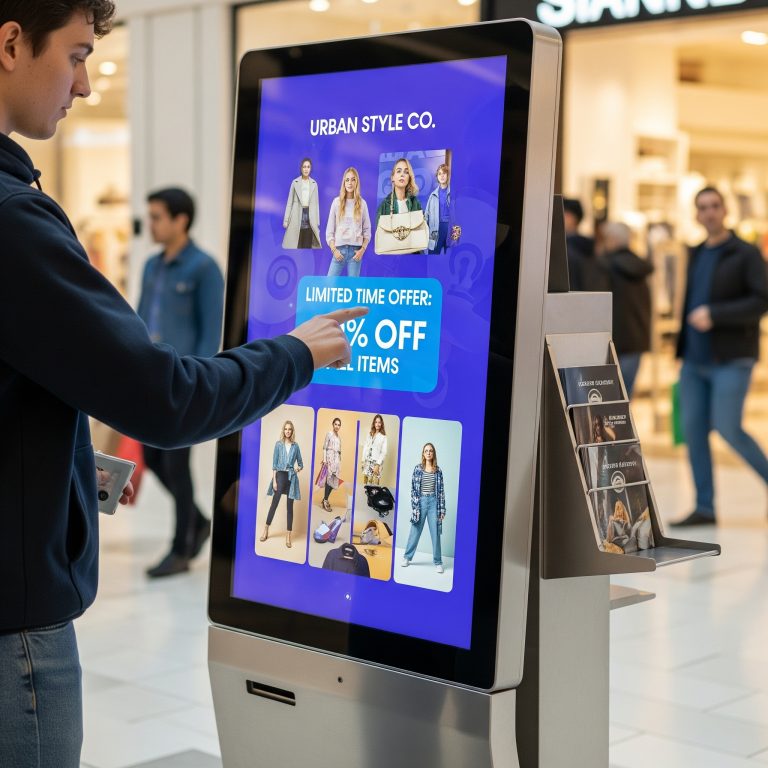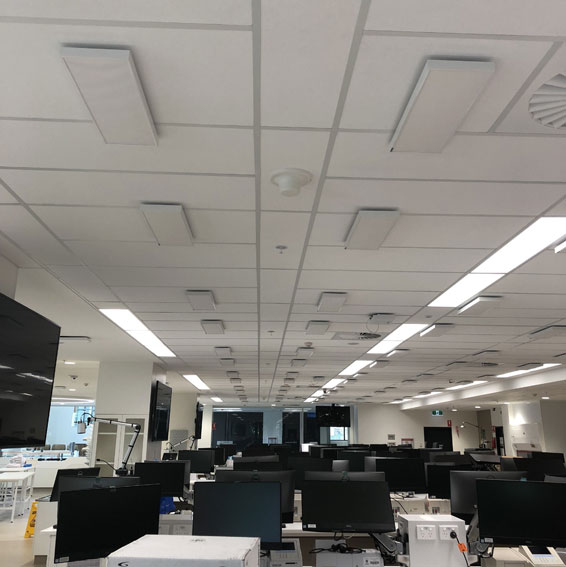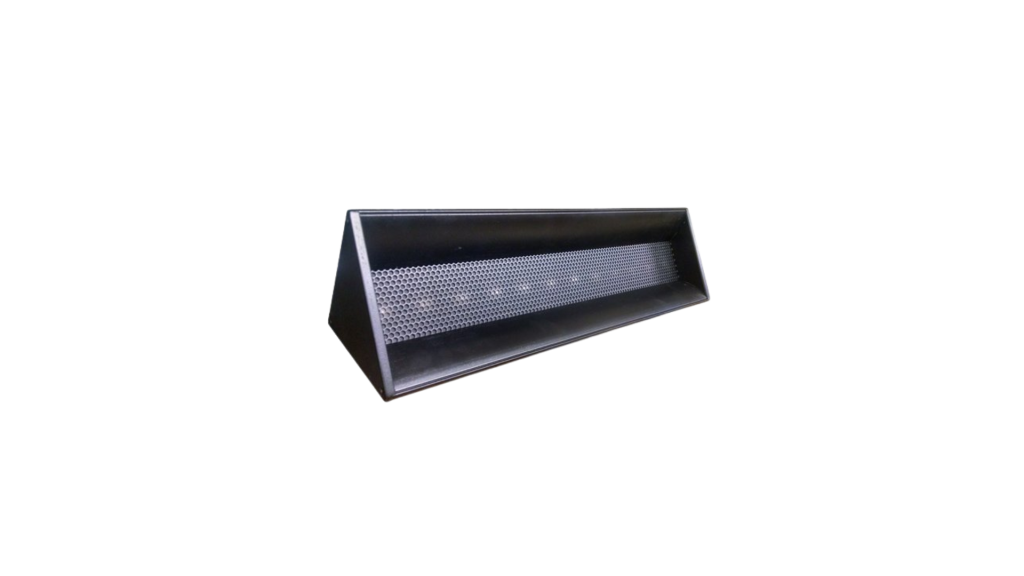
Clear Announcements: Cutting Confusion in Busy Hospital Corridors
No one likes getting lost in a large hospital. Visitors struggle to find the right ward, and patients are wheeled through noisy corridors with announcements echoing everywhere. This leads to missed instructions, extra stress, and patients arriving late to appointments or procedures.
Imagine directional speakers in designated areas, like reception desks, waiting rooms, specific wards, and hallways. These speakers would provide clear, localised announcements to only those who need them. No overlapping messages, no overwhelming hospital-wide announcements.
This simple change can greatly improve efficiency and patient comfort.
Directional speakers in hospitals can:
– Deliver ward-specific calls or queue numbers without interrupting nearby departments.
– Prevent information overload in shared spaces like emergency and outpatient clinics.
– Reduce anxiety by making the environment feel calmer and more controlled.
With NHS hospitals managing over 100,000 outpatient appointments daily and missed appointments costing the NHS over £1 billion each year, effective communication is essential (NHS Digital, 2024). Our SB-18 SonicBeam directional speakers are ideal for this setting, directing sound precisely where it’s needed without disturbing patients or medical staff nearby.
Personal Audio for Visually Impaired or Older Patients
Hospitals can be daunting for visually impaired or elderly patients. Static signs don’t help, and generic announcements are often lost or misunderstood.
By placing directional speakers near digital information screens or wayfinding kiosks, hospitals and care homes can provide private, clear audio directly to the individual. This ensures the message isn’t broadcast throughout the entire ward or reception area.
For vision-impaired or neurodiverse patients, this means:
– Receiving precise details—directions, clinic names, waiting instructions—right when they need them.
– Reduced dependence on staff, allowing for more independence and freeing up time.
– Increased confidence when navigating complex healthcare settings.
This supports NHS England’s goal of inclusive care and the Accessible Information Standard, which requires healthcare providers to meet the communication needs of disabled patients.
Our AS-168iX Audio Spotlight can quietly deliver this one-on-one audio guidance, making hospital signage truly accessible without adding noise to sensitive areas.
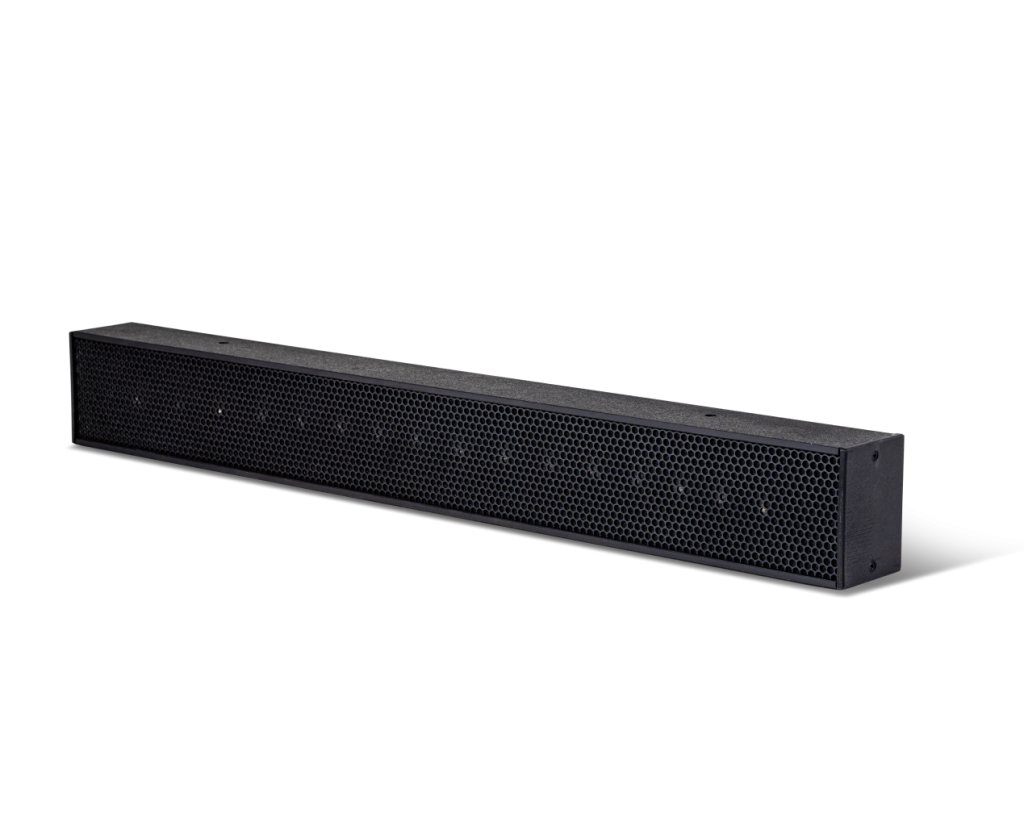
Directional Speakers for Information & Wellness Boards
The third key application is improving digital signage and wellness displays in hospitals or care facilities. Whether it’s a screen showing visiting hours, health campaign details, or reminders to stay hydrated, directional speakers help convey this information without overwhelming others.
Ideal locations include:
– Hospital entrance lobbies
– GP practice waiting areas
– Care home lounges and communal spaces
– Outdoor wellness boards for gardens used by staff and patients
Instead of wall posters or silent screens, imagine:
“Welcome to Ward 5A. Please check in at the reception desk on your right.”
Or:
“Don’t forget to book your free flu jab—ask our team at the pharmacy window.”
Benefits include:
– Encouraging engagement with health messaging and preventative care.
– Reducing staff workload by answering repetitive questions.
– Supporting calm environments, especially crucial in dementia care settings.
Our SB24 SonicBeam is perfect for this use, sending soft, clear, location-specific audio to patients, residents, and visitors without disrupting neighboring rooms or departments.
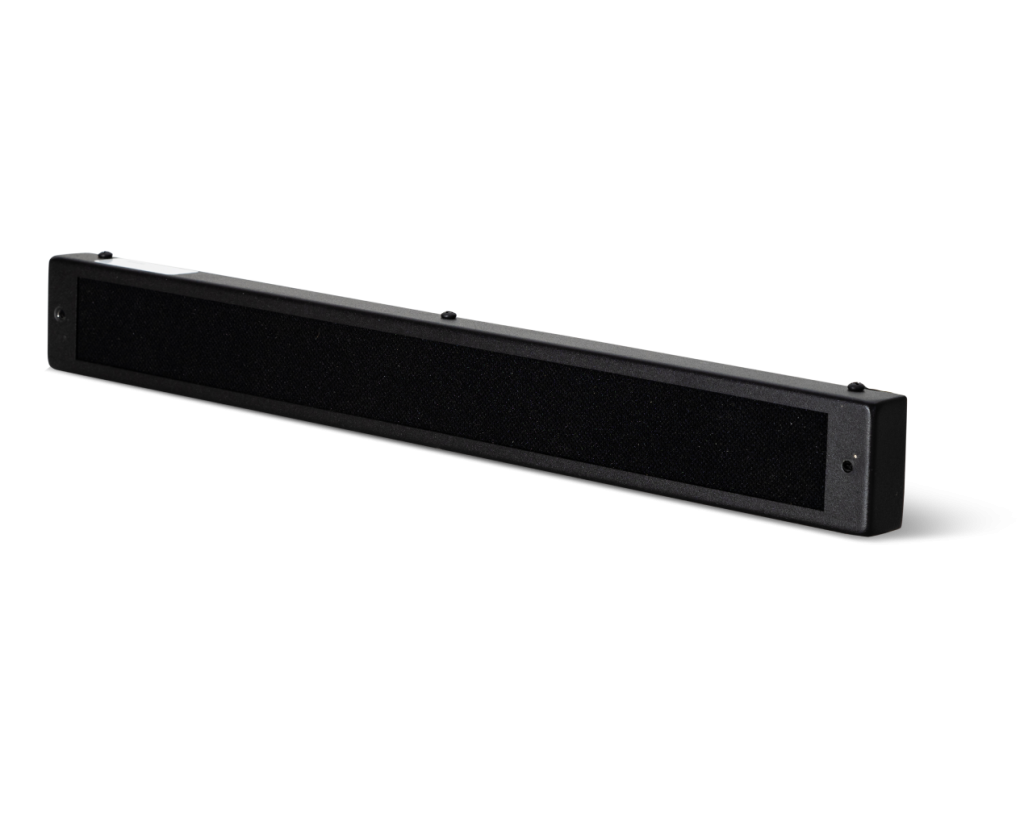
Clearer, More Private Conversations at Reception Desks
Hospital and care home receptions often have constant noise from movement, conversations, phones, and announcements. With perspex screens still in place since the COVID-19 pandemic, many patients and visitors find it hard to hear or be heard when checking in, especially in crowded or noisy waiting areas.
Installing a microphone and directional speaker on either side of these barriers allows both reception staff and patients to communicate more clearly without raising their voices or repeating themselves.
In this setup, directional speakers would:
– Project sound directly to the person on the other side of the screen.
– Maintain privacy, ensuring sensitive information isn’t overheard by others.
– Reduce stress and miscommunication at busy check-in points.
– Help staff avoid vocal strain over long shifts.
This small but effective addition transforms the check-in process, especially for elderly patients, hearing-impaired visitors, or those feeling unwell or anxious. Our MA4 speaker, paired with discreet microphones, is perfectly suited for this task, ensuring clear communication that matches the level of care expected in medical treatment.
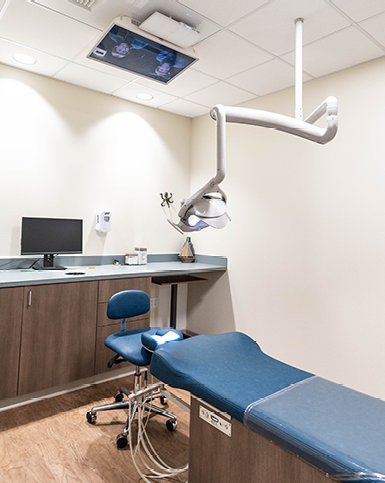
Patient Entertainment Without Disturbance
Hospitals and care environments can be stressful places, and one of the best ways to improve patient experience is through personalized entertainment and distraction. However, in multi-bed wards or shared spaces, loud TVs and background noise can disturb both patients and medical staff.
By installing Audio Spotlight directional speakers above individual beds, patients can enjoy TV, radio, or calming audio without bothering those around them.
Benefits of this setup include:
– Private audio for each patient, eliminating the need for headphones.
– Reduced noise in busy recovery wards or shared rooms.
– A greater sense of comfort and distraction during treatment.
This works especially well in paediatric wards, where children may be anxious or uncomfortable. Picture a screen and directional speaker installed above a dentist’s chair or treatment table—playing cartoons, stories, or soothing music that only the child can hear.
For dental clinics and children’s hospitals, this setup:
– Distracts and comforts young patients during stressful procedures.
– Reduces fear and restlessness.
– Makes treatment experiences more positive for families and staff.
Our Audio Spotlight speakers are slim, easy to mount in suspended ceilings or overhead frames, and ideal for clean, clinical settings.
Why Directional Speakers Are Ideal for Hospitals and Care Homes
| Benefit | How It Helps |
| Zoned communication | Sends audio only to patients in specific wards, areas, or hallways |
| Reduced audio clutter | Keeps shared or sensitive spaces calm and distraction-free |
| Better accessibility | Assists visually impaired or elderly patients with audio signage |
| Improved engagement | Health info and notices become interactive and harder to ignore |
| Staff time-saving | Fewer repetitive queries and clearer navigation for visitors and patients |
So, whether it’s lowering stress in busy NHS waiting rooms or enhancing the daily experience of residents in care homes, directional speakers provide a better way to communicate.
They deliver clear information only where it’s needed. This supports clarity, accessibility, and peace of mind throughout the healthcare environment.
Discover which directional speaker matches your requirements
Answer a few questions to learn what’s best for you…



